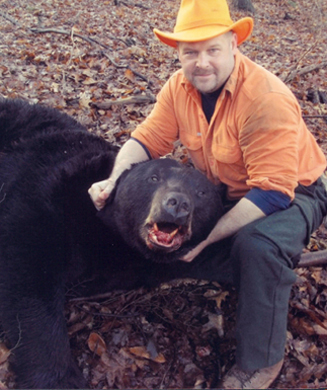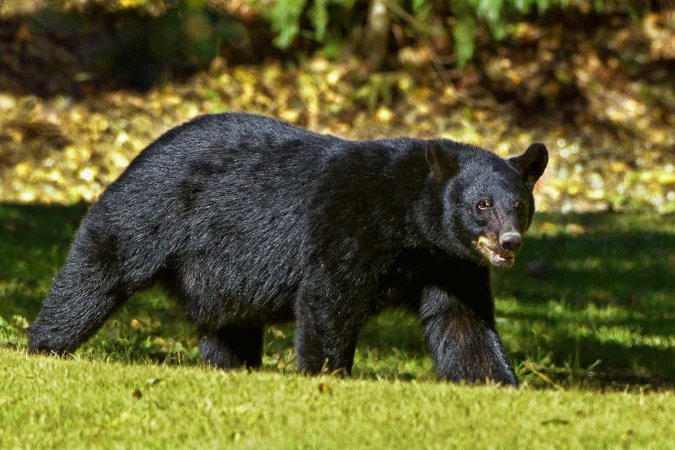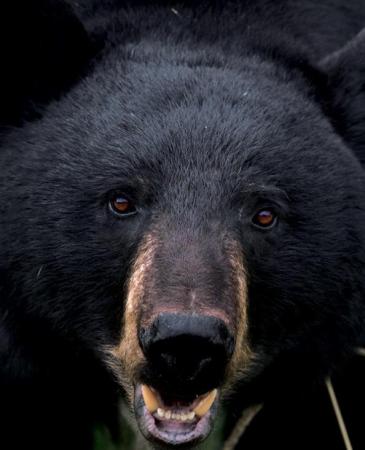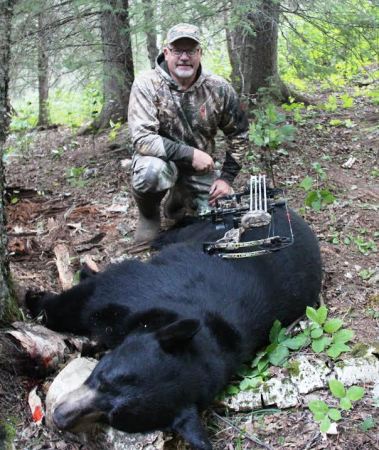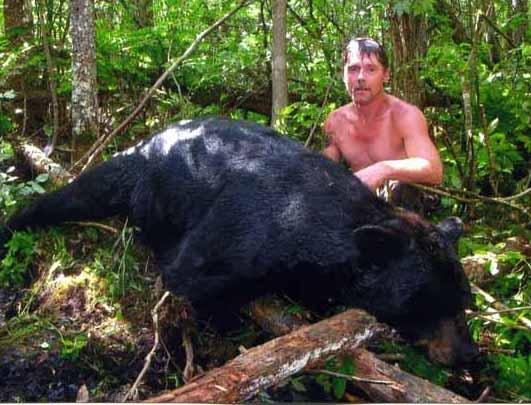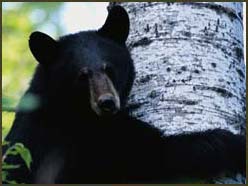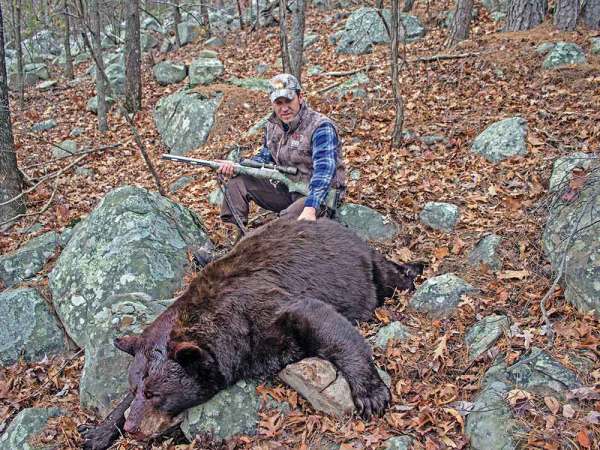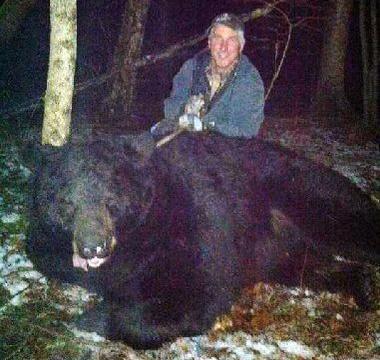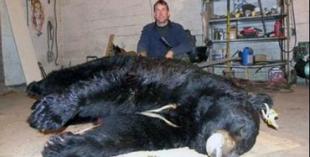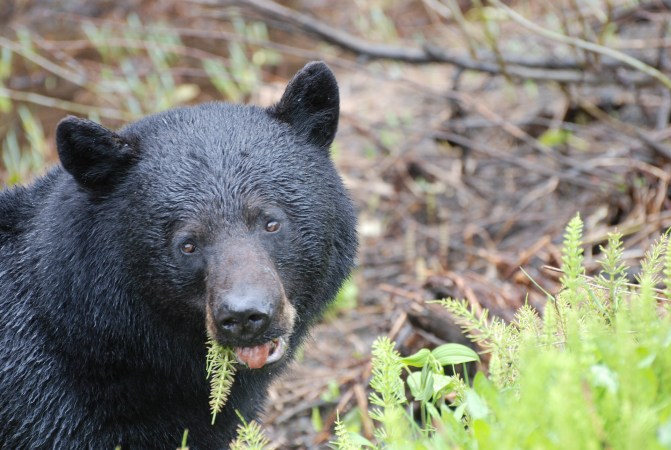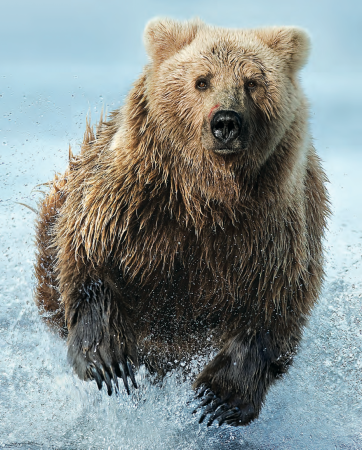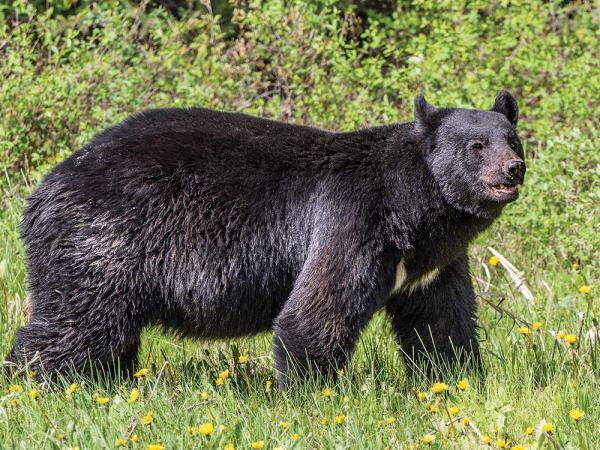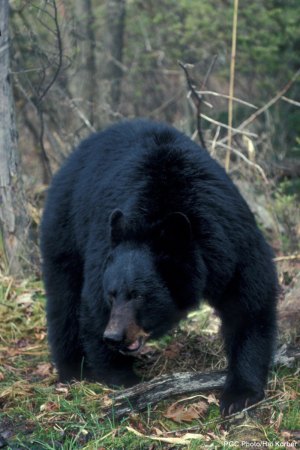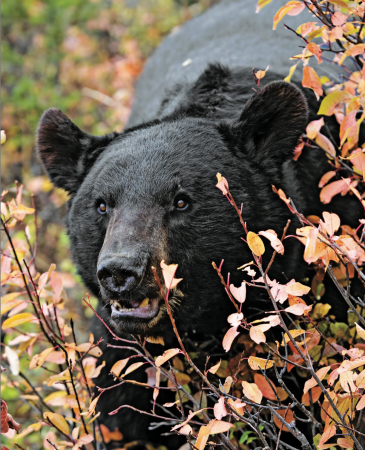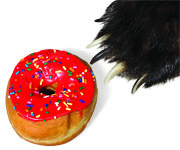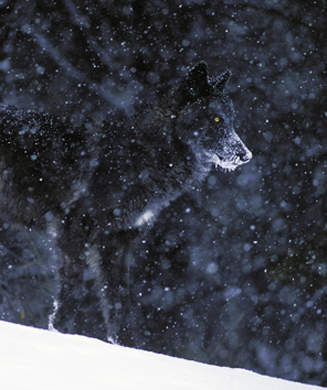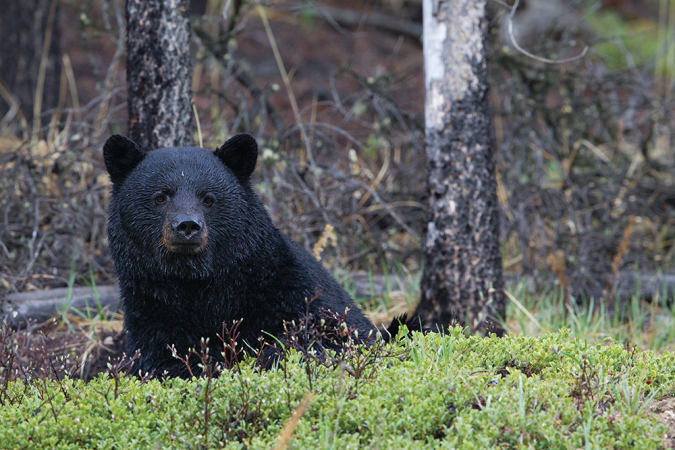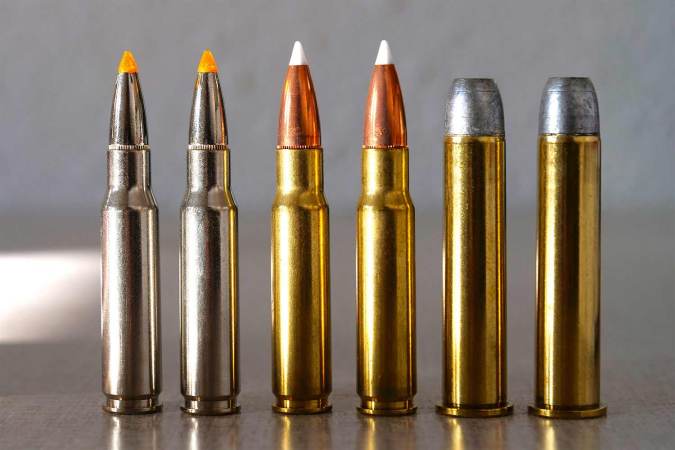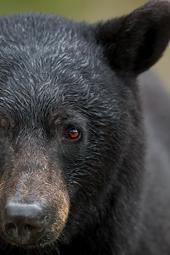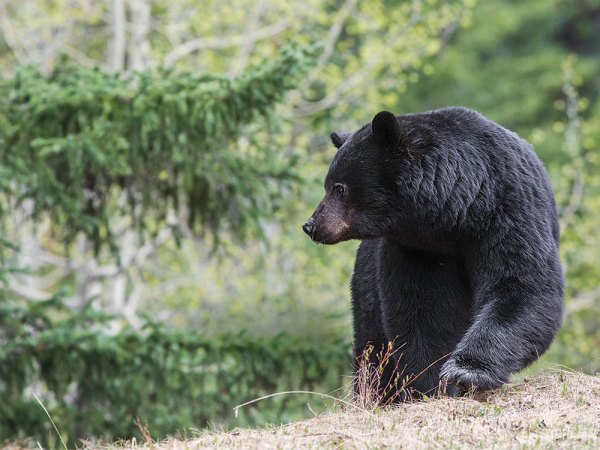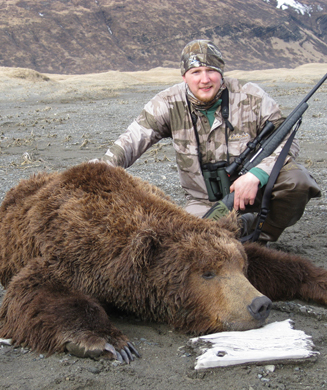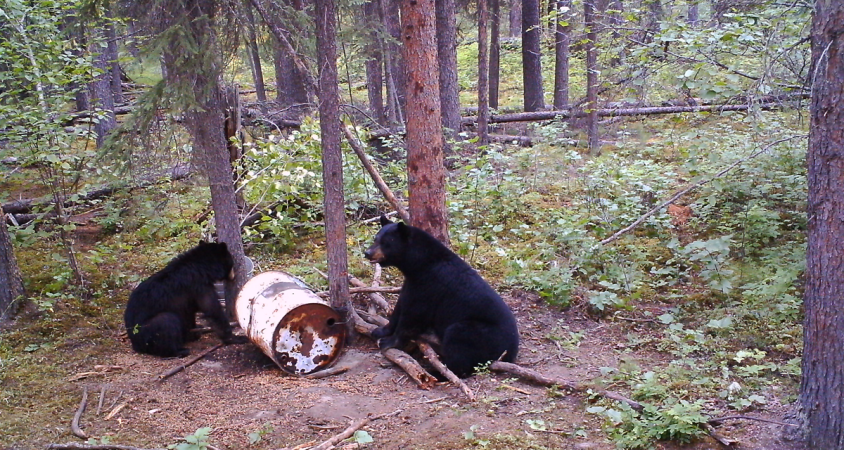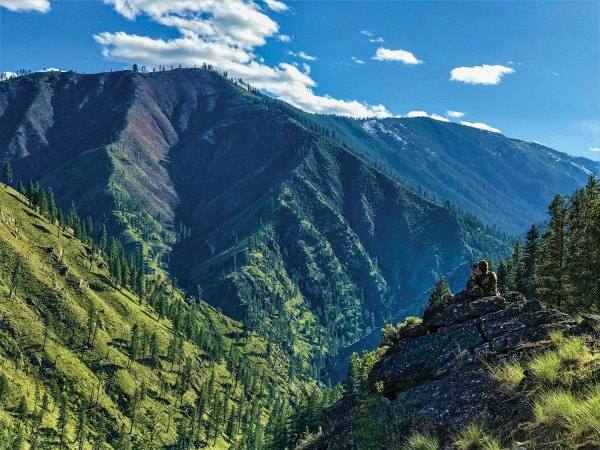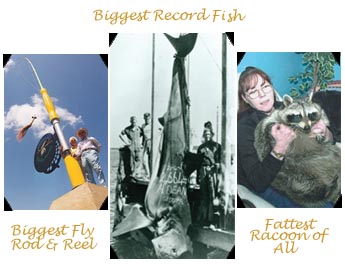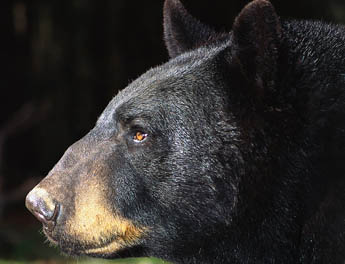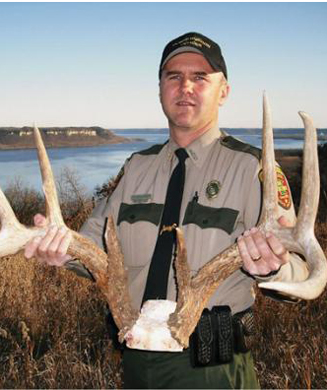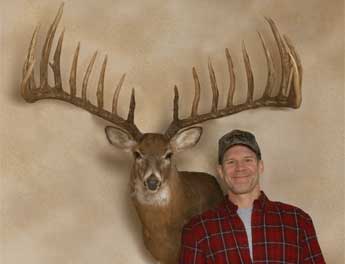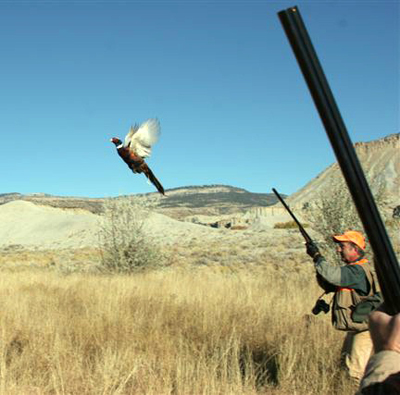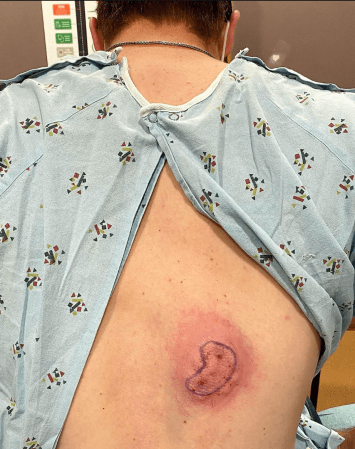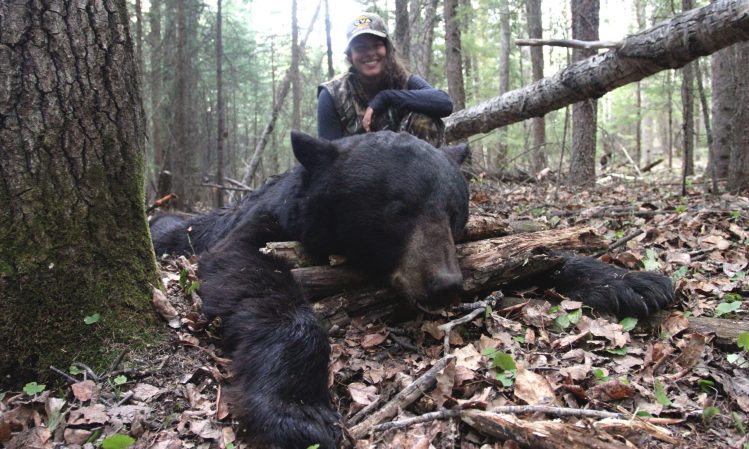American black bears are primarily woodland animals, occupying forests as far north as Alaska and Canada and as far south as Florida and northern Mexico.
“Black bear hunting is better now than it has been at any point in recent history,” says Brian Bachman, a founder and president of the North American Bear Foundation (NABF). “Conservation efforts and management programs have been very effective in protecting the black bear. Populations are increasing and ranges are being expanded in most areas. This is reflected in the record numbers of bears taken and also in the sizes of bears being harvested.”
Keith Balfourd of the Boone and Crockett Club notes that the highest-scoring bear killed by a hunter was taken by Robert J. Shuttleworth Jr. in 1993 near Mendocino, Calif. It scored 23 31/416, placing it in the No. 3 spot in the all-time B&C records.
The two highest-scoring black bear skulls, 23 101/416 and 23 71/416 points, were “pick-ups” found in the field.
Judging a Bear
Gauging a bear’s head and ears is the best way to determine its size. “A big old male has a blocky, triangular head,” says Jack Atcheson, Jr., of Jack Atcheson and Sons Outfitters. The ears look small and rounded on the blockier head of an old male. A young bear has big, prominent ears sticking out.
A bear’s demeanor can also reveal a great deal about its age and size. A young bear has lots of nervous energy, like a puppy. “A big boar doesn’t waste his energy,” says Atcheson, who has hunted bears throughout North America. “He’s slow and deliberate. He lumbers along on legs that look short because of his big belly hanging down.”
The size of a bear can often be estimated within reasonable certainty by measuring across the print of the front foot and adding one. Thus, a bear that leaves a 5-inch-wide track probably wears a hide that squares about 6 feet.–John Haviland
GEARING UP
The outfitters at Cabela’s offer the following recommendations to sportsmen planning a bear hunt:
•Modern Calibers: The .30/06 and 7mm Remington Magnum are adequate; the .300 and .338 Winchester Magnums are better.
•Archery Equipment: Use bows of at least a 65-pound draw weight and arrows with a total weight of at least 450 grains. While expandable broadheads can and do work, fixed heads are preferable for these heavy-boned animals.
•Muzzleloaders: Muzzleloaders should be a minimum of .50 caliber and fire a conical bullet or sabot. Many bear hunts are conducted in constant rain, so proper precautions (nipple and muzzle cover) should be taken. Also bring along a takedown tool and the necessary supplies to clean and dry your gun each night.
•Bullets: Black bears have a thick layer of fat and are tough to track if they get into heavy cover. Use only premium controlled-expansion bullets. Bullets such as Swift A-Frames, Barnes X and Trophy Bonded Bear Claws work very well. They penetrate deeply and reliably expand while retaining much of their original weight.
WORLD-RECORD BLACK BEAR
SCORE: 23 101/416 points LOCATION: Sanpete County, Utah YEAR: 1975 HUNTER: Picked up OWNERS: A.R. Lund and M. Daniels. The body of this huge black bear was found in 1975 near the Manti-La Sal National Forest in Sanpete County, Utah. Its skull, which measured 23 101/416 points, beat the previous record by more than an inch. Because it was so big, B&C sent the skull to the Smithsonian Institution to verify that it came from a black bear.
TROPHY BEAR AREAS
“While the average weight of bears taken in most areas is around one hundred fifty pounds, some bears get very big,” says Brian Bachman, a NABF founder and operator of Arrowhead Wilderness Lodge in northeastern Minnesota (218-828-7079). “Size depends on available food sources and genetics.”
“Most people who pursue bears are looking for ‘The Big One,'” says Bachman, who has been an avid bear hunter since 1978 and guides about 30 bear hunters each fall. “I’m often asked, ‘Where is the next record coming from?’ I don’t know, but I do know where the biggest bears are coming from now.”
Bachman notes that Canada boasts high numbers of bears, but more of the bigger bruins are being killed farther south. “Wisconsin has the most B&C entries in the top one hundred in the past ten years,” he says. “Wisconsin manages its bears very well and limits the number of hunters. It can take five years to draw a Wisconsin bear tag. Minnesota and Pennsylvania are not far behind. Minnesota has a lottery, but tags are easy to get. Pennsylvania does not limit bear hunters. I’d look to one of those states for the next record, and give a slight advantage to Wisconsin.”
STATES WITH THE HIGHEST BLACK BEAR POPULATIONS
1. Alaska 100,000 2. Washington 25,000 3. Oregon 25,000 4. Maine 20,500-21,500 5. Minnesota 20,000 6. California 18,000-23,000 7. Idaho 12,000-20,000 8. Wisconsin 14,000 9. Michigan 12,000 10. Montana 10,000-15,000
Source: www.bear.org

